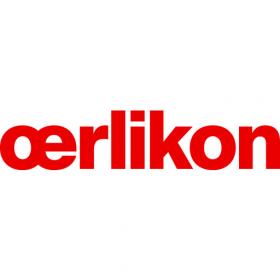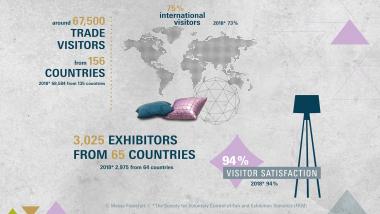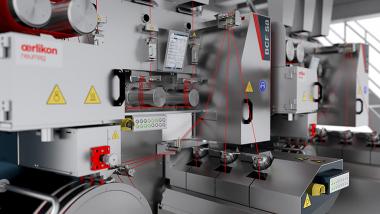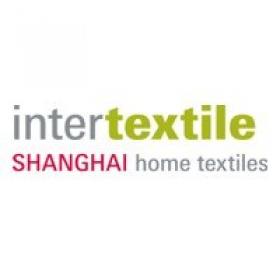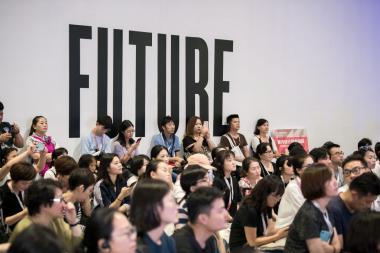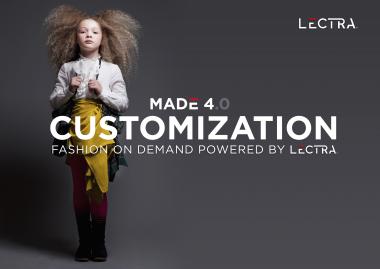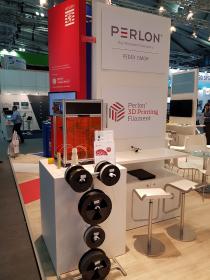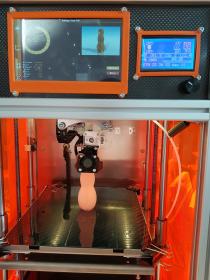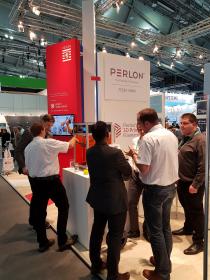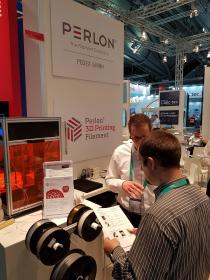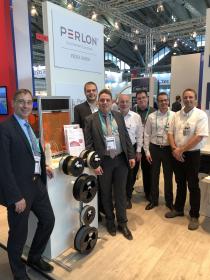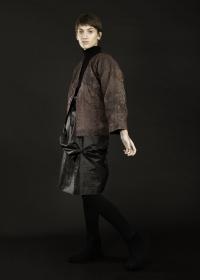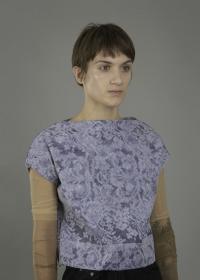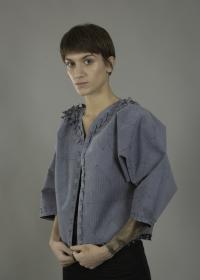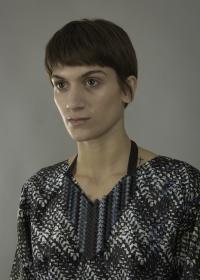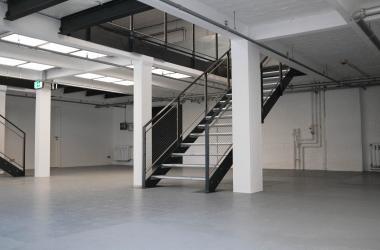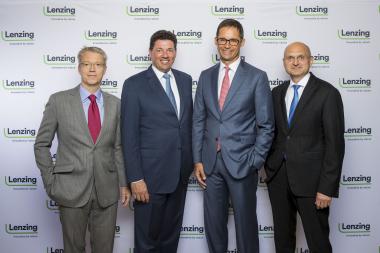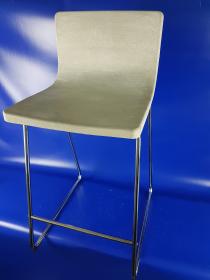JEC WORLD 2019: 3 winners of the Startup Booster competition
JEC WORLD 2019 is turning Paris into the composites capital of the world.
As well as dozens of conferences, composites circles and live demos, plus hundreds of other events, the first day of the show was marked by the announcement of the three winners of the largest international startup competition in the composites field!
In the last three years, 270 projects have been picked out from over 30 countries, with 30 finalists and a total of nine winners.
THREE WINNERS
Ten finalists selected from 120 entries pitched to an international jury. The pitch session opened with an inspiring speech by Enrico Palermo, President of The Spaceship Company. He introduced the next generation of reusable space vehicles and their impact on costs, safety and the environment during the launch into space.
The programme incited enthusiasm from Peter Hopwood, founder of Hopwood Communications, who encouraged the finalists to develop their stage presence and galvanise their pitches.
At the afternoon’s award ceremony, three competitors were selected for the following prizes:
AIRGO DESIGN (Singapore)
World's first full composite economy class passenger seat developer.
www.airgodesign.com
AREVO (USA)
Delivering the future of composite manufacturing today through breakthrough advancements in software, materials, and robotics. Through enabling the 3D printing of large, mass-produced parts and structures, AREVO is revolutionizing mainstream manufacturing and the global supply chain.
www.arevo.com
WOODOO (France)
Augmented wood.
https://woodoo.fr
The public vote: LAVOISIER COMPOSITES (France)
New generation of material entirely sourced from the French aerospace transformation sector.
www.lavoisier-composites.com
JEC World
Apocope Agency







